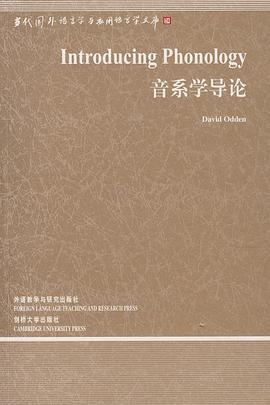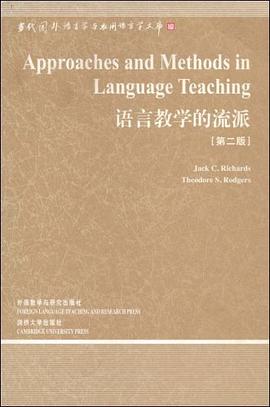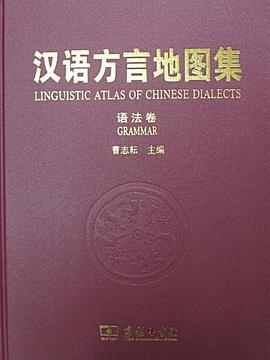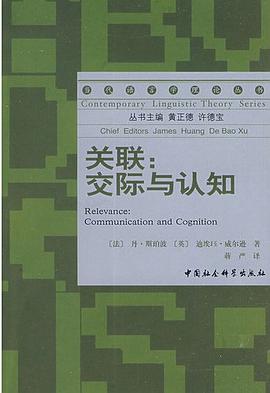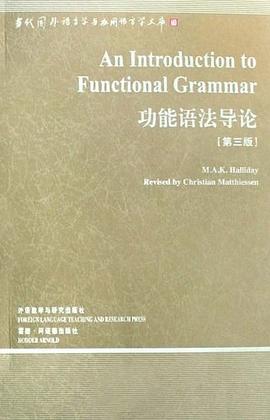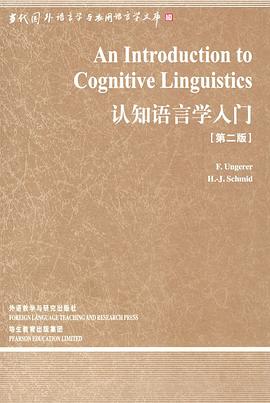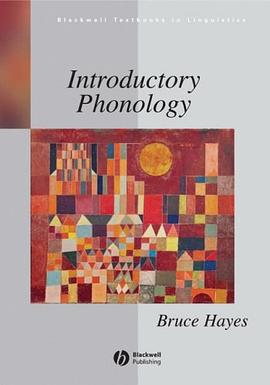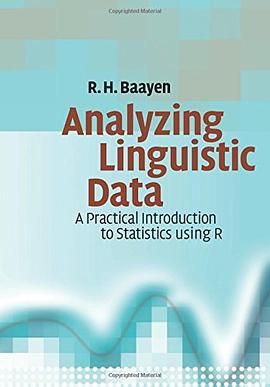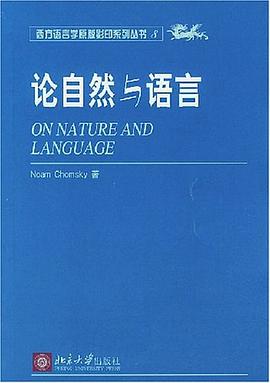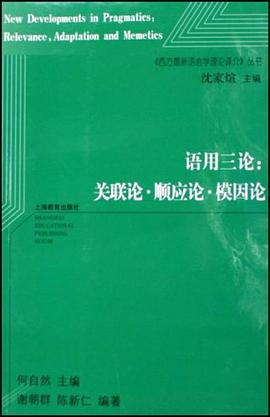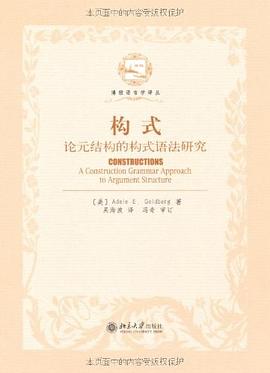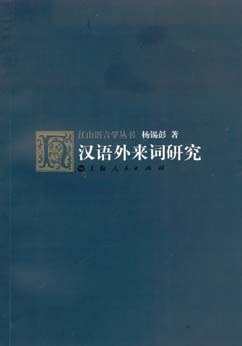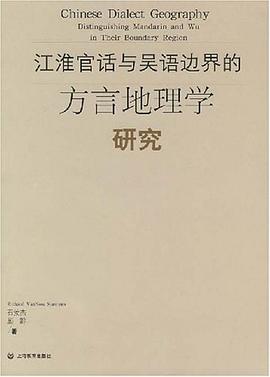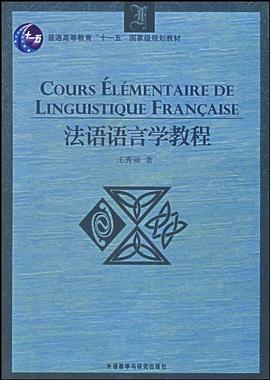About this book
Acknowledgements
A note on languages
Abbreviations
1. What is phonology?
1.1 Concerns of phonology
1.1.1 The sounds of a language
1.1.2 Rules for combing sounds
1.1.3 Variation in pronunciation
1.2 Phonetics - what is physical sound?
1.2.1 Acoustics
1.2.1.1 Waveforms
1.2.1.2 Sound spectra
1.2.1.3 Spectrograms
1.2.2 Articulation
1.3 The symbolic representation of speech
Summary
Exercises
Notes to this chapter
Suggestions for further reading
2. Phonetic transcriptions
2.1 Vowels: their symbols and properties
2.1.1 Tongue and lip position in vowels
2.1.2 Nasalization
2.1.3 Length
2.1.4 Stress
2.1.5 Tone
2.1.6 Phonation type
2.2 Consonants: their symbols and properties
2.2.1 Place of articulation
2.2.1.1 Lingual consonants
2.2.1.2 “Back” consonants.
2.2.1.3 Secondary articulations
2.2.1.4 Consonants formed with two major constrictions
2.2.2 Manner of articulation
2.2.2.1 Stops, fricatives and affricates
2.2.2.2 Liquids, glides and approximants
2.2.2.3 Laterals
2.2.2.4 Nasalization
2.2.3 Laryngeal properties
2.2.4 Syllabicity
2.2.5 Symmetry in consonants
2.3 IPA symbols
2.3.1 IPA vowel symbols
2.3.2 IPA consonant symbols
2.4 Illustrations with English transcription
Summary
Appendix 1: Phonetic symbols (APA)
Appendix 2: IPA symbols
Exercises
Notes to this chapter
Suggestions for further reading
3. Allophonic relations
3.1 English consonantal allophones
3.1.1 Aspiration
3.1.1.1 Alternations involving aspiration
3.1.1.2 Pronunciation of novel utterances
3.1.2 Flapping
3.1.3 Glottal stop
3.2 Allophony in other languages
3.2.1 l and din Setswana
3.2.2 Tohono O’odham affricates
3.2.3 Obstruent voicing in Kipsigis
3.2.4 Implosive and plain voiced stops in Kimatuumbi
3.2.5 Velar and uvular stops in Kenyang
3.2.6 Arabela nasalization
3.2.7 Sundanese: a problem for the student to solve
3.2.8 Vowel length in Mohawk
3.2.9 Aspiration in Ossetic
3.2.10 Optional rules
Summary
Exercises
Notes to this chapter
Suggestions for further reading
4. Underlying representations
4.1 The importance of correct underlying forms
4.2 Refining the concept of underlying form
4.3 Finding the underlying form
4.3.1 Kerewe
4.3.2 English plurals
4.3.3 Jita tone
4.4 Practice at problem solving
4.4.1 Chamorro vowel alternations
4.4.2 Korean
4.4.3 Koasati
4.4.4 Kimatuumbi
4.5 Underlying forms and sentence-level phonology
4.5.1 Korean final Cs
4.5.2 Kimatuumbi tone
4.6 Underlying forms and multiple columns in the paradigm
4.6.1 Palauan
4.6.2 English
4.6.3 Tonkawa: reaching the analysis step-by-step
Summary
Exercises
Notes to this chapter
Suggestions for further reading
5. Interacting processes
5.1 Separating the effects of different rules
5.1.1 Votic: palatalization and raising/fronting
5.1.2 Kamba: palatalization and glide formation
5.1.3 Bukusu: nasalconsonant combinations
5.1.3.1 Place assimilation and voicing
5.1.3.2 Postnasal hardening
5.1.3.3 The independence of voicing and hardening
5.1.3.4 Postnasal l-deletion
5.1.3.5 Nasal degemination
5.1.3.6 Nasal deletion
5.1.3.7 Summary
5.1.4 Kimatuumbi
5.2 Different effects of rule ordering
5.2.1 Lamba: harmony and palatalization
5.2.2 Voicing and epenthesis
5.2.2.1 Lithuanian
5.2.2.2 Armenian
5.2.3 Lomongo: B-deletion and resolution of vowel hiatus
5.2.4 Examples for discussion
5.2.4.1 Karok
5.2.4.2 Shona
5.2.4.3 Klamath
Summary
Exercises
Notes to this chapter
Suggestions for further reading
6. Feature theory
6.1 Scientific questions about speech sounds
6.1.1 Possible differences in sounds
6.1.1.1 Varieties of phonetic [i] vs. [ι]
6.1.1.2 Other variants of sounds
6.1.1.3 The important details of speech
6.1.1.4 Predictions versus observations
6.1.2 Possible rules
6.2 Distinctive feature theory
6.2.1 Phonetic preliminaries
6.2.2 Major class features
6.2.2.1 syllabic (syl)
6.2.2.2 sonorant (son)
6.2.2.3 consonantal (con)
6.2.3 Place of articulation
6.2.3.1 Vowel place features
6.2.3.2 Consonant place features
6.2.3.3 Vowel features on consonants
6.2.4 Manner of articulation
6.2.5 Laryngeal features
6.2.6 Prosodic features
6.2.7 Summary of feature values
6.2.7.1 Vowel feature summary
6.2.7.2 Consonant feature summary
6.3 Features and classes of segments
6.4 Possible phonemes and rules - an answer
6.4.1 Possible phonemes
6.4.2 Rule formulation and features
6.4.2.1 Simplicity in rule writing
6.4.2.2 Formalizability
6.5 The formulation of phonological rules
6.6 Changing the theory
6.6.1 The case for labial
6.6.2 Feature redefinition
6.6.3 Central vowels
Summary
Exercises
Notes to this chapter
Suggestions for further reading
7. Doing an analysis
7.1 Yawelmani
7.1.1 The data
7.1.2 The first step: morphology
7.1.2.1 Stem variants
7.1.2.2 Suffix variants
7.1.3 Identifying phonological regularities
7.1.3.1 Vowel harmony
7.1.3.2 Vowel shortening
7.1.3.3 Epenthesis
7.1.4 Evaluating alternatives
7.2 Hehe
7.2.1 The data
7.2.2 Morphological analysis
7.2.3 Phonological alternations
7.2.3.1 Glide formation versus vowel deletion
7.2.3.2 v-rounding
7.2.3.3 Front vowels and glides
7.2.3.4 Checking other classes: discovering a palatalization rule
7.2.3.5 Deciding on the form of w-deletion; degemination
7.2.4 Extending the data
7.2.4.1 The morphology
7.2.4.2 Phonological rules
7.3 Icelandic
7.3.1 The data
7.3.2 Morphological analysis
7.3.3 Phonological alternations
7.3.3.1 The vowel of the nominative singular
7.3.3.2 Vowel deletion
7.3.3.3 Sonorant clusters with r
7.3.3.4 Syncope
7.3.3.5 ü-umlaut
7.3.3.6 i-deletion
7.3.3.7 Reconsidering /akür/
7.4 Modern Hebrew
7.4.1 The data
7.4.2 Morphological analysis
7.4.3.1 Voicing assimilation
7.4.3 Phonological alternations
7.4.3.2 Alternations in V2
7.4.3.3 Closed syllable lowering
7.4.3.4 Stems with final pharyngeals and laryngeals
7.4.3.5 Metathesis
7.5.1 The data
7.5 Japanese
7.5.1 The data
7.5.2 Morphological analysis
7.5.3 Phonological rules
7.5.3.1 The glide in the inchoative
7.5.3.2 Vowel deletion
7.5.3.3 Nasal + consonant
7.5.4 Taking stock
7.5.4.1 Correcting the final consonant
7.5.4.2 i-epenthesis
7.5.4.3 r-assimilation and final w
7.5.4.4 Progress by hypothesis forming and testing
Summary
Exercises
Notes to this chapter
Suggestions for further reading
8. Phonological typology and naturalness
8.1 Inventories
8.1.1 The method of comparing inventories
8.1.2 Typical inventories
8.2 Segmental processes
8.2.1 Assimilations
8.2.1.1 Vowel harmony
8.2.2 Dissimilation
8.3 Prosodically based processes
8.3.1 Vowel sequences
8.3.2 Vowel epenthesis
8.3.3 Onset creation
8.3.4 Cluster reduction
8.3.5 Stress lengthening and reduction
8.3.6 Syllable weight limits
8.3.7 Stress patterns
8.4 Why do things happen?
8.4.1 Impossible rules
Summary
Notes to this chapter
Suggestions for further reading
9. Abstractness and psychological reality
9.1 Why limit abstractness?
9.1.1 Limiting possible analyses
9.1.1.1 Mental reality and language acquisition
9.1.1.2 Abstractness and phonemic representations
9.1.2 A principled limit on abstractness?
9.1.3 Case studies in abstract analysis
9.1.3.1 Abstract mu in Kimatuumbi
9.1.3.2 Abstract /ai/ and /au/ in Sanskrit
9.1.3.3 Abstractness in English
9.1.3.4 What constitutes a valid motivation?
9.1.3.5 Word relatedness
9.2 Independent evidence: historical restructuring
9.2.1 Yiddish final devoicing
9.2.2 Historical evidence and the treatment of absolute neutralization
9.3 Well-motivated abstractness
9.3.1 Yawelmani /u:/
9.3.2 Maltese /?/
9.3.2.1 Basic Maltese phonology
9.3.2.1.1. Stress and apocope.
9.3.2.1.2 Unstressed reduction and harmony
9.3.2.1.3 Epenthesis
9.3.2.1.4 Regressive harmony and precoronal fronting
9.3.2.1.5 Guttural lowering
9.3.2.1.6 Metathesis
9.3.2.1. 7 Stems with long vowels
9.3.2.2 Apparent irregularities
9.4 Grammar-external evidence for abstractness
9.4.1 Abstract analysis and historical change: Tera
9.4.1.1 The synchronic argument
9.4.1.2 The diachronic argument
9.4.2 Abstract reanalysis in Kimatuumbi NC sequences
9.4.3 Language games and Bedouin Arabic
9.4.3.1 Regular language phonology
9.4.3.2 Language game evidence
9.5 How abstract is phonology?
Exercises
Notes to this chapter
Suggestions for further reading
10. Nonlinear representations
10.1 The autosegmental theory of tone: the beginnings of change
10.1.1 The problem of contours
10.1.2 Autosegmental contours
10.1.3 Tone preservation
10.1.4 Across-the-board effects
10.1.5 Melodic patterns
10.1.6 Floating tones
10.1.6.1 Anlo tone
10.1.6.2 Mixtec
10.1.6.3 Ga˜
10.1.7 Tonal morphemes
10.2 Extension to the segmental domain
10.2.1 The autonomy of all features
Summary
Exercises
Notes to this chapter
Suggestions for further reading
Glossary
References
Index of languages
General Index
· · · · · · (
收起)
